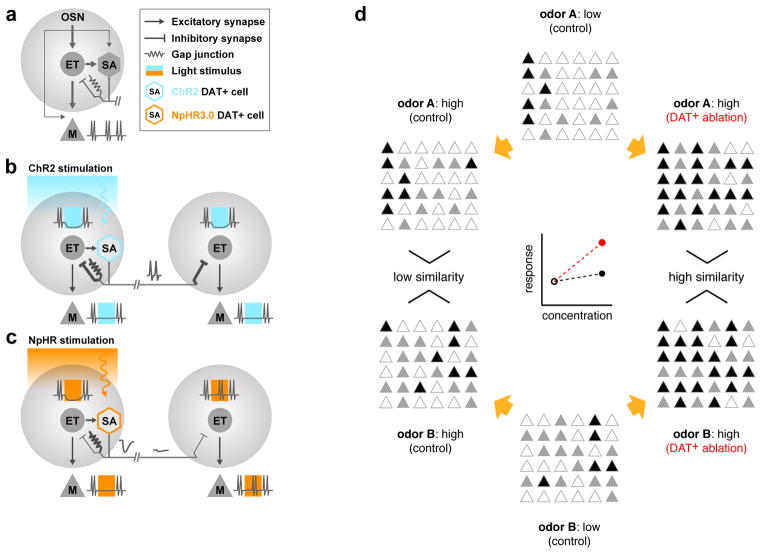Figure 8. Schematic of the effect of DAT+ cell manipulations on M/T cell output.
A. A simplified representation of the basic circuitry within a glomerulus. M/T cell and DAT+ cell firing is primarily driven by excitatory inputs from ET cells, compared to relatively weak contribution of direct OSNs inputs. DAT+ cells form inhibitory synapses and gap-junctions onto ET cells.
B. Focal blue-light stimulation of ChR2-expressing DAT+ cells triggers synaptic inhibition of ET cells close by, as well as far away. Excitatory drive through gap-junctions is weak and readily outcompeted by the stronger synaptic inhibition, resulting in net inhibition of ET firing. Loss of excitatory ET drive consequently suppresses M/T cells.
C. Yellow-light stimulation of NpHR3.0-expressing DAT+ cells hyperpolarizes DAT+ cells and subsequently ET cells due to transmission of light-induced hyperpolarization across gap-junctions. The resultant ET inhibition translates into reduced M/T firing as observed in the extracellular recordings. In contrast to B, the observed inhibition is spatially restricted due attenuation via passive conductance. Note that both ChR2 and NpHR3.0 stimulation lead to net inhibition of ET cells, albeit via different mechanisms. Under both conditions, net inhibition of ET cells strongly suppresses M/T firing, thereby highlighting the central role played by ET cells in determining OB output.
D. At low concentrations, odors A and B activate distinct sets of M/T cells (middle). Higher concentrations increase both the number and amplitude of M/T responses (left). In the absence of DAT+ cells, more M/T cells are recruited (right) and the mean population activity increases more steeply with concentration (red). This results in increased overlap between the population representation of odors A and B. Concentration dependent lateral inhibition via DAT+ cells decreases the slope (gain) of the mean population activity of M/T cells (black) and reduces overlap between population representations of odors A and B (decorrelation).

